This edition first published 2012
2012 John Wiley and Sons Ltd
Registered office
John Wiley & Sons Ltd, The Atrium, Southern Gate, Chichester, West Sussex, PO19 8SQ, United Kingdom
For details of our global editorial offices, for customer services and for information about how to apply for permission to reuse the copyright material in this book please see our website at www.wiley.com .
The right of the author to be identified as the author of this work has been asserted in accordance with the Copyright, Designs and Patents Act 1988.
All rights reserved. No part of this publication may be reproduced, stored in a retrieval system, or transmitted, in any form or by any means, electronic, mechanical, photocopying, recording or otherwise, except as permitted by the UK Copyright, Designs and Patents Act 1988, without the prior permission of the publisher.
Wiley also publishes its books in a variety of electronic formats. Some content that appears in print may not be available in electronic books.
Designations used by companies to distinguish their products are often claimed as trademarks. All brand names and product names used in this book are trade names, service marks, trademarks or registered trademarks of their respective owners. The publisher is not associated with any product or vendor mentioned in this book. This publication is designed to provide accurate and authoritative information in regard to the subject matter covered. It is sold on the understanding that the publisher is not engaged in rendering professional services. If professional advice or other expert assistance is required, the services of a competent professional should be sought.
Library of Congress Cataloging-in-Publication Data
Lee, Peter M.
Bayesian statistics : an introduction / Peter M. Lee. 4th ed.
Includes bibliographical references and index.
ISBN 978-1-118-33257-3 (pbk.)
1. Bayesian statistical decision theory. I. Title.
QA279.5.L44 2012
519.542dc23
2012007007
A catalogue record for this book is available from the British Library.
ISBN: 9781118332573
To The Memory of My Mother and of My Father
Preface
When I started writing this book in 1987 it never occurred to me that it would still be of interest nearly a quarter of a century later, but it appears that it is, and I am delighted to introduce a fourth edition. The subject moves ever onwards, with increasing emphasis on Monte-Carlo based techniques. With this in mind, Chapter 9 entitled The Gibbs sampler has been considerably extended (including more numerical examples and treatments of OpenBUGS, R2WinBUGS and R2OpenBUGS) and a new Chapter 10 covering Bayesian importance sampling, variational Bayes, ABC (Approximate Bayesian Computation) and RJMCMC (Reversible Jump Markov Chain Monte Carlo) has been added. Mistakes and misprints in the third edition have been corrected and minor alterations made throughout.
The basic idea of using Bayesian methods has become more and more popular, and a useful accessible account for the layman has been written by McGrayne (2011). There is every reason to believe that an approach to statistics which I began teaching in 1985 with some misgivings because of its unfashionability will continue to gain adherents. The fact is that the Bayesian approach produces results in a comprehensible form and with modern computational methods produces them quickly and easily.
Useful comments for which I am grateful were received from John Burkett, Stephen Connor, Jacco Thijssen, Bo Wang and others; they, of course, have no responsibility for any deficiencies in the end result.
The website associated with the book
http://www-users.york.ac.uk/~pml1/bayes/book.htm
(note that in the above pml are letters followed by the digit ) works through all the numerical examples in  as well as giving solutions to all the exercises in the book (and some further exercises to which the solutions are not given).
as well as giving solutions to all the exercises in the book (and some further exercises to which the solutions are not given).
Peter M. Lee
19 December 2011
Preface to the First Edition
When I first learned a little statistics, I felt confused, and others I spoke to confessed that they had similar feelings. Not because the mathematics was difficult most of that was a lot easier than pure mathematics but because I found it difficult to follow the logic by which inferences were arrived at from data. It sounded as if the statement that a null hypothesis was rejected at the 5% level meant that there was only a 5% chance of that hypothesis was true, and yet the books warned me that this was not a permissible interpretation. Similarly, the statement that a 95% confidence interval for an unknown parameter ran from 2 to +2 sounded as if the parameter lay in that interval with 95% probability and yet I was warned that all I could say was that if I carried out similar procedures time after time then the unknown parameters would lie in the confidence intervals I constructed 95% of the time. It appeared that the books I looked at were not answering the questions that would naturally occur to a beginner, and that instead they answered some rather recondite questions which no one was likely to want to ask.
Subsequently, I discovered that the whole theory had been worked out in very considerable detail in such books as Lehmann (1986). But attempts such as those that Lehmann describes to put everything on a firm foundation raised even more questions. I gathered that the usual t test could be justified as a procedure that was `uniformly most powerful unbiased, but I could only marvel at the ingenuity that led to the invention of such criteria for the justification of the procedure, while remaining unconvinced that they had anything sensible to say about a general theory of statistical inference. Of course Lehmann and others with an equal degree of common sense were capable of developing more and more complicated constructions and exceptions so as to build up a theory that appeared to cover most problems without doing anything obviously silly, and yet the whole enterprise seemed reminiscent of the construction of epicycle upon epicycle in order to preserve a theory of planetary motion based on circular motion; there seemed to be an awful lot of `adhockery.
I was told that there was another theory of statistical inference, based ultimately on the work of the Rev. Thomas Bayes, a Presbyterian minister, who lived from 1702 to 1761 whose key paper was published posthumously by his friend Richard Price as Bayes (1763) [more information about Bayes himself and his work can be found in Holland (1962), Todhunter (1865, 1949) and Stigler (1986a)]. However, I was warned that there was something not quite proper about this theory, because it depended on your personal beliefs and so was not objective. More precisely, it depended on taking some expression of your beliefs about an unknown quantity before the data was available (your prior probabilities) and modifying them in the light of the data (via the so-called likelihood function) to arrive at your posterior probabilities using the formulation that posterior is proportional to prior times likelihood. The standard, or classical, theory of statistical inference, on the other hand, was said to be objective, because it does not refer to anything corresponding to the Bayesian notion of prior beliefs. Of course, the fact that in this theory, you sometimes looked for a 5% significance test and sometimes for a 0.1% significance test, depending on what you thought about the different situations involved, was said to be quite a different matter.

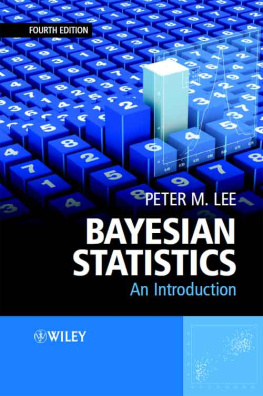
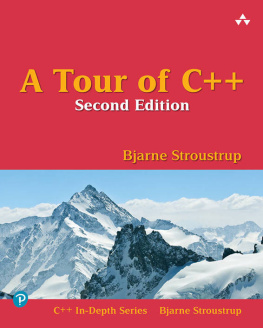
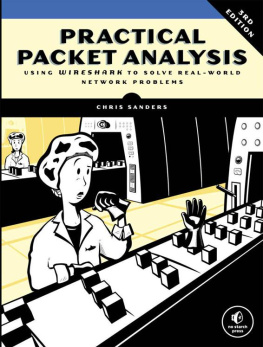
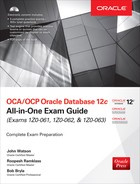
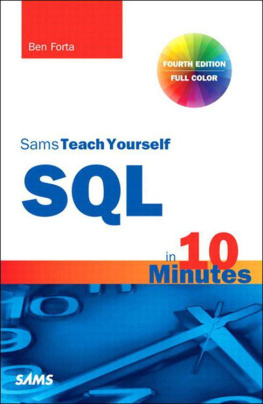
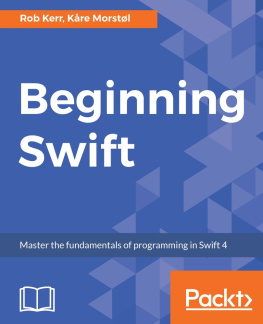

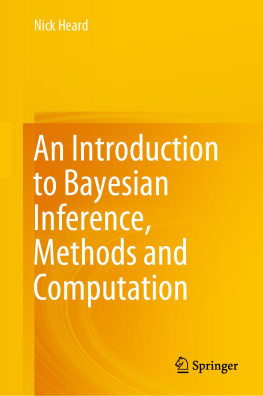
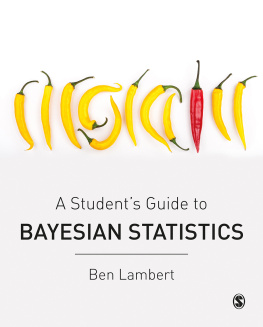
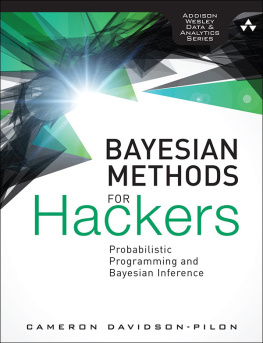
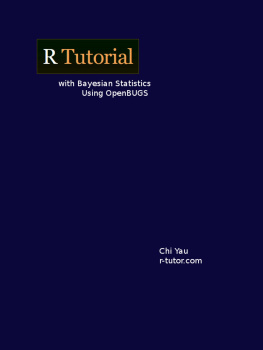
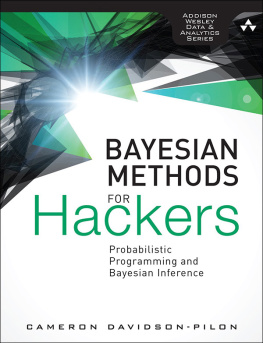
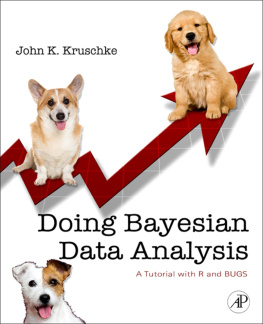
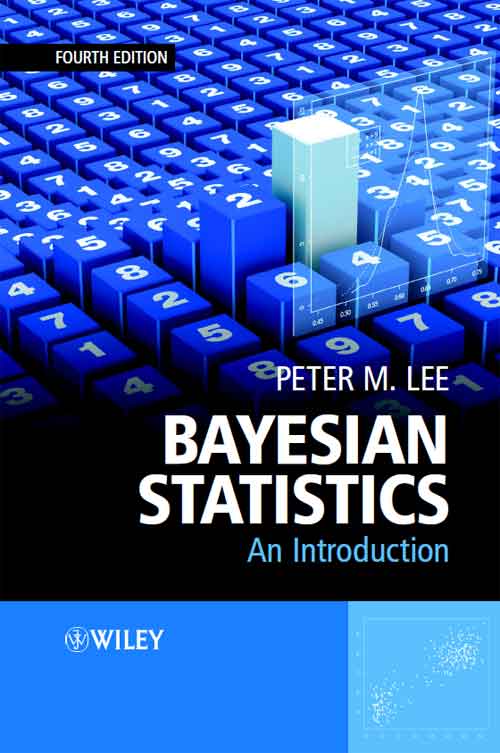
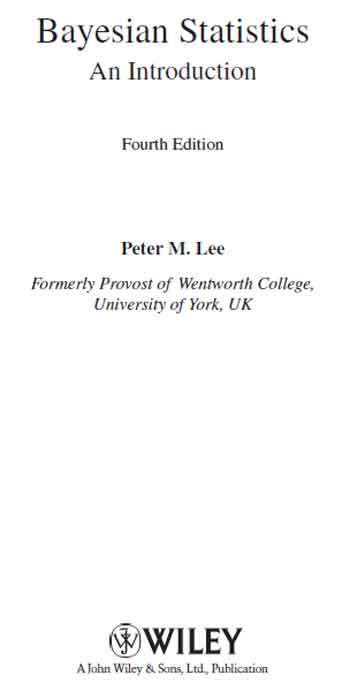
 as well as giving solutions to all the exercises in the book (and some further exercises to which the solutions are not given).
as well as giving solutions to all the exercises in the book (and some further exercises to which the solutions are not given).